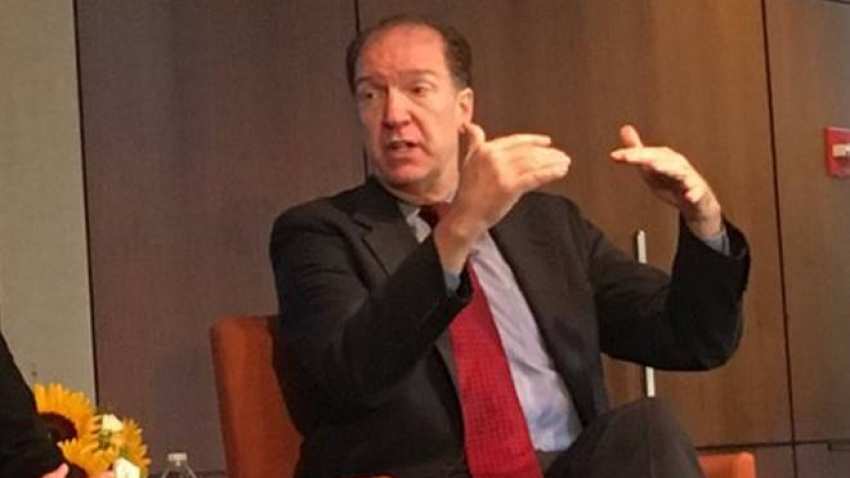World Bank praises China's Belt and Road initiative but asks for more transparency in it
China’s massive Belt and Road infrastructure drive could speed up economic development and reduce poverty for dozens of developing countries, the World Bank said.

China’s massive Belt and Road infrastructure drive could speed up economic development and reduce poverty for dozens of developing countries, the World Bank said on Tuesday in a new report that called for deep policy reforms and more transparency for the initiative. The long-delayed report said that the Belt and Road - a string of ports, railways, roads and bridges and other investments connecting China to Europe via central and southern Asia - could lift 32 million people out of moderate poverty conditions if implemented fully. Still, there are "significant risks," the World Bank said.
"Achieving the ambitions of the Belt and Road Initiative will require equally ambitious reforms from participating countries," Ceyla Pazarbasioglu, World Bank vice president for equitable growth, said in a statement.
"Improvements in data reporting and transparency - especially around debt - open government procurement, and adherence to the highest social and environmental standards will help significantly," she added.
The World Bank`s new president, David Malpass, skipped China`s second Belt and Road summit in Beijing in April to take his first foreign trip to Africa instead.
Malpass was a critic of Belt and Road when he was an official at the U.S. Department of the Treasury, arguing that it was saddling some countries with unsustainable debts.
The report found that for some countries, the costs of new infrastructure could outweigh potential economic gains and the benefits would be unevenly distributed among participating countries. Real income gains in the Kyrgyz Republic, Pakistan, and Thailand could be above 8 percent, but Azerbaijan, Mongolia and Tajikistan could experience negative welfare gains due to high infrastructure costs, the analysis showed.
The World Bank said real income for Belt and Road corridor economies could be two to four times larger if they ease trade restrictions and institute reforms to reduce border delays.
Increased private-sector participation in Belt and Road, now dominated by China`s state-owned banks and enterprises, can help sustain the initiative in the long run, but participating countries would need to institute reforms to improve their investment climates, including stronger legal protections and regulations, the report said.
"Little is known about the processes for selecting firms" for Belt and Road projects, the report said. "Moving toward international good practices such as open and transparent public procurement would increase the likelihood that BRI projects are allocated to the firms best placed to implement them."
There was also a need to increase transparency of debt terms and conditions for Belt and Road projects to allow governments to assess the risks to their ability to sustain debt, the report said.
Get Latest Business News, Stock Market Updates and Videos; Check your tax outgo through Income Tax Calculator and save money through our Personal Finance coverage. Check Business Breaking News Live on Zee Business Twitter and Facebook. Subscribe on YouTube.
08:01 AM IST












 Punjab Chief Minister Bhagwant Mann seeks support from World Bank on fiscal prudence
Punjab Chief Minister Bhagwant Mann seeks support from World Bank on fiscal prudence SBI named Best Bank in India for 2024 by Global Finance Magazine
SBI named Best Bank in India for 2024 by Global Finance Magazine  Uzbekistan's economy grows by 6.6% in past 9 months
Uzbekistan's economy grows by 6.6% in past 9 months Nirmala Sitharaman to visit Mexico and US from October 17 to October 26
Nirmala Sitharaman to visit Mexico and US from October 17 to October 26  World Bank expects 5.1% growth for Nepal
World Bank expects 5.1% growth for Nepal